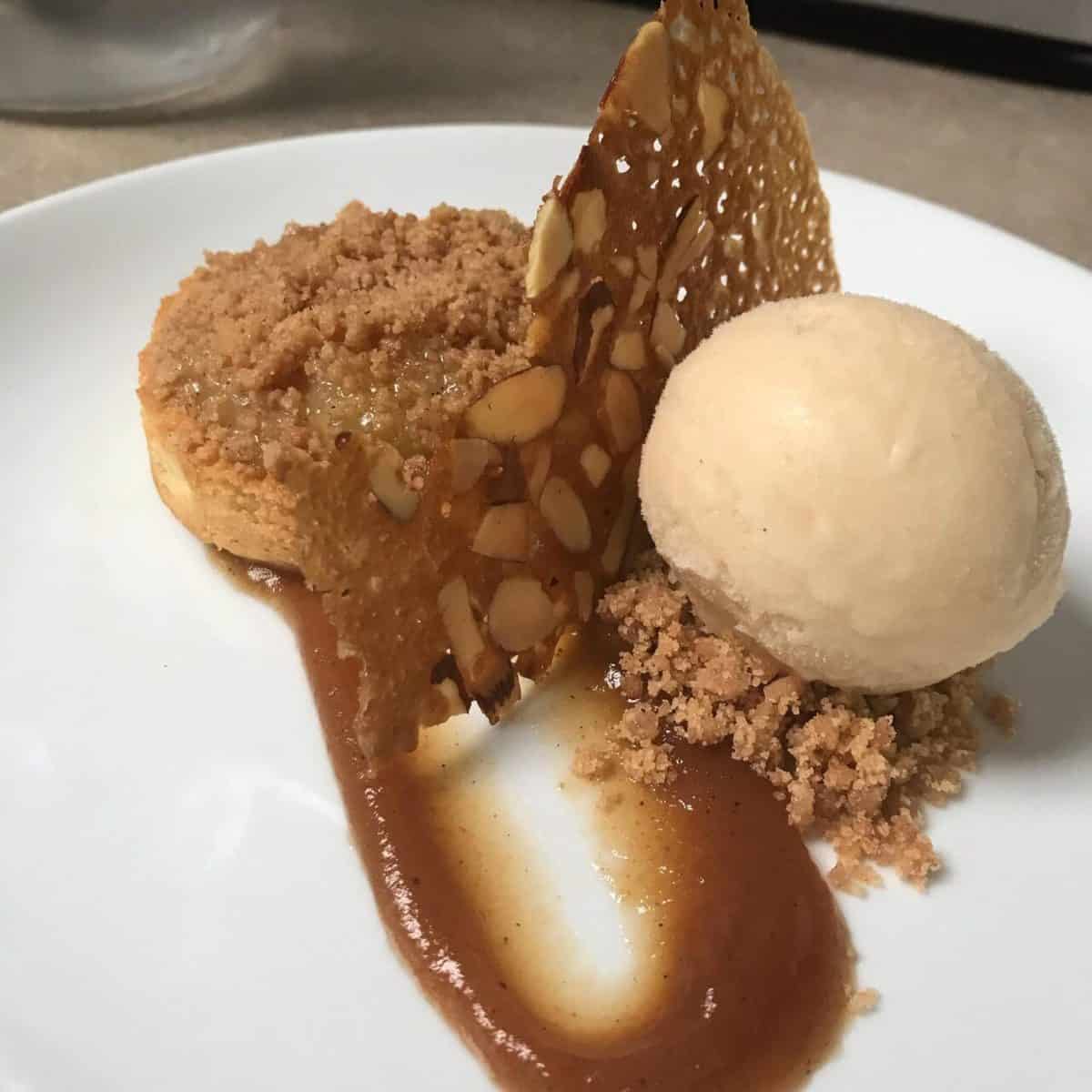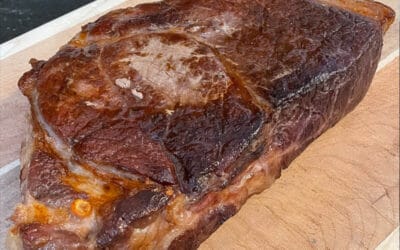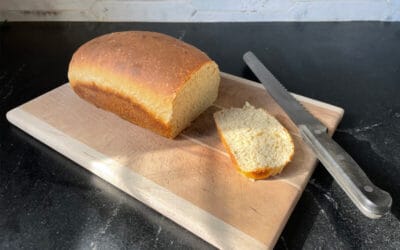A frequent comment at the Ugly Dinner was that the food was not ugly. That’s because ugly food is, at least of the produce variety, just food with some blemishes or other imperfections. Cut those off or out and it’s food!
Apples are a commonly abundant ugly food. Bruises, worm holes, bird pecks, cracks, and more are common in apples. Wheeler’s Orchard uses their seconds to make cider, and apples fit for cider are great for applesauce and apple butter as well.

Photo by Feathers & Fruit.
I recently (finally) started reading Michael Pollan’s The Botany of Desire. I’m still on the apple chapter, but, from what I gather so far, once upon a time all apples were what we now consider ugly. Apples do not come true from seed, so there were many apples in the early Americas (native crab apples plus imported apples) that were both small and not tasty for fresh eating (and probably oddly shaped). They were, however, abundant and folks did not let them go to waste!
Pressing for cider was the most common use of the less-sweet apples. This eventually was preserved as a fermented drink. It was low alcohol by today’s standards, but high enough to eventually become the target of temperance groups who worked hard to eliminate both the cider and its apple.
Blander, sweeter apples were made into both dessert and its sweetener. There were no honey bees when colonists hit the shores of the future United States, and sugar was scarce. Then too, many people were hesitant to purchase sugar and therefore support the slavery it took to produce it.
Maple and other tree syrups were known and made in the spring. Apple molasses, as a boiled syrup of apple cider was called, supplemented in the fall the syrups made in the spring. It also provided a way to preserve cider without fermentation or alcohol. Additionally, it reduced the quantity by about a seventh, vastly decreasing the storage space needed. Read more about apple molasses from Slow Food USA.
Cutting up apples for dessert, sauce, or apple butter, especially in quantity, can be a tedious task. This is a great activity to do as a group. It goes faster and is fun in the process. Many years we have bought a box of seconds and set up as a family: peeling, coring, cutting out blemishes, cutting, cooking, then on to the food mill, and sometimes canning as well.

Indulging in a little bit of sentimentality here.
Apple butter is one more step from applesauce: cooking the sauce further to concentrate it. Spices are added for flavor and cider and/or sugar for sweetener.

For the ugly dinner the dessert was made of apples in various forms: apple tart, apple cider sorbet, and a smear of apple butter – plus a bit of brittle.
One thing I really like about this recipe is that the butter stage is made in the oven. It’s a slow process, 3-5 hours, but with only a brief hands-on time: you stir it about once an hour. After all the peeling, coring, chopping, pureeing, etc., you get a break – and your house smells wonderful in the process!
Thank you to Dane Frazier of St. John’s Restaurant for sharing your recipe.
Apple butter
From Dane Frazier, St. John’s Restaurant
Apples, peeled, cored – 3 lbs
Fresh apple cider – 2 cups
Granulated sugar – ½ cup
Brown sugar – ½ cup
Ground cinnamon – ¾ tsp
Ground cloves – ¼ tsp
Ground Nutmeg – ⅛ tsp
Ground Allspice – ⅛ tsp
Kosher salt – ¼ tsp + ⅛ tsp
Vanilla extract – 1 ½ tsp
– Peel, core, quarter and slice apples into 1/4” slices. Reserve.
– Pour cider into a large pot, one big enough to hold the whole recipe, and combine with sugar, spices, salt and vanilla.
– Bring to a boil, then add the apples.
– Return to a boil and reduce heat to medium.
– Cover pot leaving a small vent for steam to escape.
– Stir periodically to cook apples down evenly. Simmer until apples are soft, brown and slightly translucent.
– Remove from heat, remove lid and let cool slightly. Enjoy the aromas!
– Preheat a conventional oven to 250°F
– Blend mixture in a blender and strain through a fine mesh strainer.
– Pour apple purée into a shallow pan and place in oven.
– Bake purée slowly for 3-5 hours, stirring every hour to check consistency, until the purée slowly caramelizes. Three hours for a more saucy butter, five hours for a more set up, jam-like butter.
– Reserve in a jar or air tight container. Also freezes well.
Makes 1 quart
Printable recipe here





0 Comments